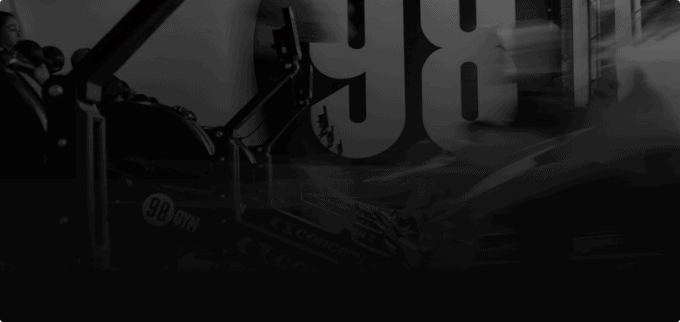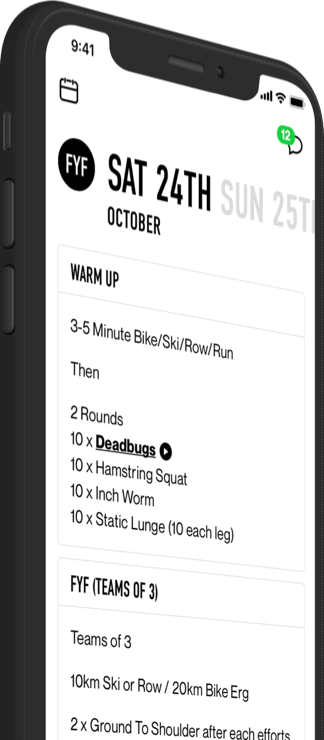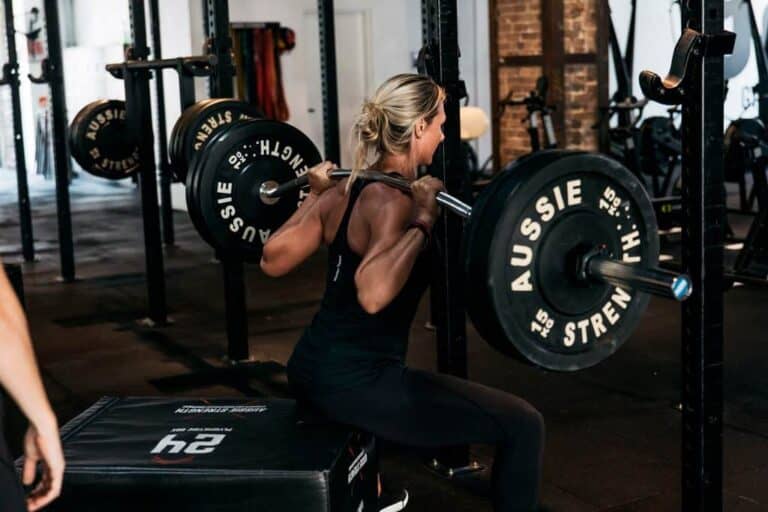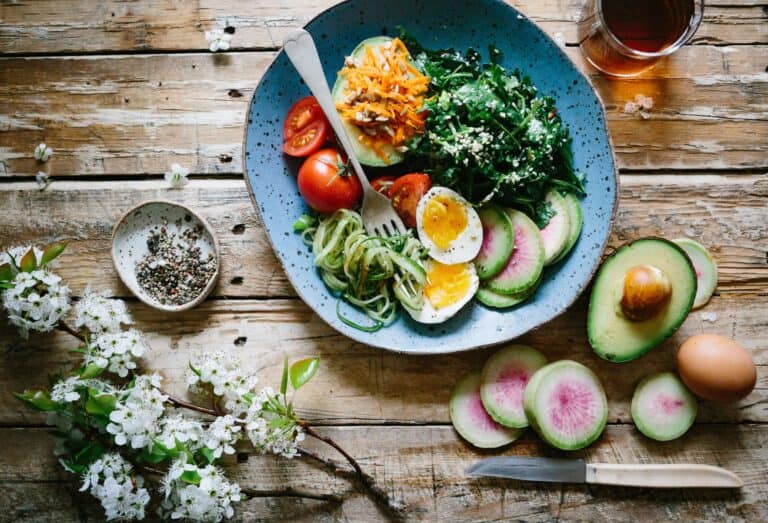Starting a new training program is tough, there is not much else to say. However, beyond just grinding through the first few weeks, there are a few things you can do to make life easier for you as your body adapts.
Firstly, we need to understand that we can’t get more by giving our body less. Training is a stimulus that triggers a number of reactions in our body, all of which are geared towards making us fitter for the job at hand, next time we do it. It is supposed to be hard. If it wasn’t our body wouldn’t bother upgrading our machinery for next time. This is why, if you have failed to see results in previous attempts at hitting the gym, it is probably because you didn’t push yourself hard enough to set off the trigger of adaptation.
However the stimulus is not enough.
When you are trying to put an extension on a house, you cannot simply use the bricks from the front of the house, to build the new backroom. What you would end up with is the same size house, and a pretty shabby exterior!
The same goes for your body. When we are trying to build muscle, or enhance the machinery within our cells that make us go faster and longer, we cannot expect our body to be able to make the most of the messages to grow and adapt without providing extra materials and energy to make the repairs. We’ve all been in that situation in the work place when a staff member leaves and our lovely boss decide not to retired, instead stretching the team to cover more work. It’s fine at the start, and the team may be very motivated, however after a few weeks, months or longer, the cracks start to show and the team begins to spit the dummy and either get sick, eat their emotions or drink just that little too much. Yup, you guessed it- another analogy for the body.
Are you getting the picture?
What I am trying to get at here, is that when we start training, we need to also review our eating patterns and see if what we are doing is going to support the level of hardship we are putting it though and that we can make the most of the signals for growth and adaptation being sent out after training.
I recommend starting by tracking your energy intake for at least a week. Many people find this to be an arduous task, however, not only will it make you acutely aware of what is going in to your mouth, if will also help assess where you might need to add in or take away from your diet.
These are a few key points you can look for:
- Protein intake should be around 1.5-2g per kilo of body weight each day if you are trying to gain muscle and lose weight. In practical terms, this means aiming for a good chunk of quality protein at each main meal and having some protein in your snacks. This might look like: A protein shake after training followed by 2 boiled eggs on sourdough (45g protein total), 100g cooked chicken at lunch in a salad with 30g feta brown rice (40g total protein), Greek yoghurt with 15 almonds and an apple at afternoon tea (15g protein) and 150g baked fish with veggies and sweet potato mash at dinner (35g protein).
- Ensure you are getting enough energy. Although many people are trying to lose weight when taking on a new program, there is a difference between creating a mild energy deficit that will achieve weight loss long term but is sustainable day-to-day. There are equations such as the Harris Benedict and Schofield equation and online calculators that can help you figure out your daily calorie needs, however, and a good rule of thumb to start out with is around 25-35 calories for every kilo of body weight for exercise expenditure <300-400 cal sessions (Exercise and Sport Nutrition. Nutritional Health. Edited by: Wilson T, Temple N. 2001). For higher energy output days – 600+ we should aim for upwards of 50cal/kg body weight to ensure nutritional adequacy and energy availability.
- Check out your carbohydrate intake. Low carb diets are tempting for quick weight loss, however, if you are undertaking high-intensity training, you are likely to feel pretty flat pretty quickly and are not going to be able to max out in your sessions. Plan to have a good chunk of carbs 30-60 minutes before training so you can go all out, and then recover with another good chunk after (0.5/1g per kg bw is a good guide both pre and post)
- Eat lots of colour. Not only are brightly coloured fruit and vegetables good for use, they are rich in anti-oxidants to assist in reducing the damage naturally caused by training, are rich in fibre to help feed the good bacteria and boost your immune system, plus contains lots of the vitamins and minerals that help drive the reactions of adaptation. Aim for ½ a plate of colourful vegetables or salad at lunch and dinner, and have a variety of fruit as snacks (2 pieces per day).
- Skip the fried or processed fats and help your body to reduce inflammation with essential fatty acids found in oily fish and the healthy fats found in olive oil, avocado, nuts, seeds and egg yolks. Fats are essential for fat-soluble vitamin absorption, most notable vitamin D which is critical for immune function, bone health and muscle development.









